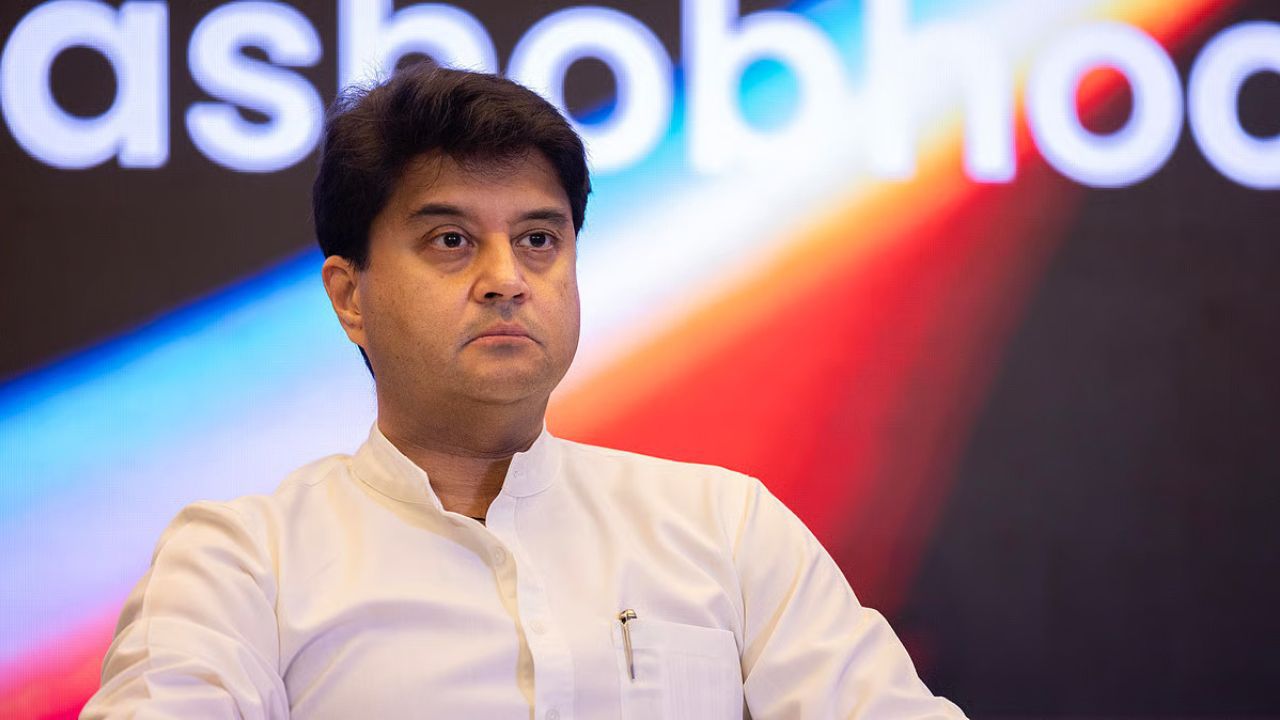In a major address to the Lok Sabha, Minister of Communications Jyotiraditya M. Scindia revealed a technology-driven push by the Indian government to combat telecom fraud and revive public sector telecom services. The initiatives, led by the Department of Telecommunications (DoT) in partnership with the Ministry of Home Affairs, have led to a wave of fraud detection, public engagement, and digital reform.
Also Read: Blinkit Will Now Deliver Your Prescription Meds—Starting in Bengaluru
Massive Disconnections, Real-Time Fraud Action
Scindia confirmed that more than 13.6 million mobile connections have been disconnected based on feedback from citizens using the Sanchar Saathi portal. The government’s Digital Intelligence Platform—connecting over 620 entities, including 570 banks, 36 state police forces, and telecom operators—has been instrumental in tackling cyber fraud in real-time.
A key tool in this strategy, the Sanchar Saathi portal, launched in May 2023, has received over 15.5 crore hits. Its accompanying mobile app, released in January 2025, has already crossed 44 lakh downloads. These platforms enable users to check for unauthorised mobile numbers linked to their identity. The “Know Your Mobile Connections” feature alone led to the detection and disconnection of 1.36 crore suspicious numbers. Further, the government has deactivated 20,000 bulk SMS senders, blocked 5.5 lakh mobile devices, and taken down nearly 24 lakh WhatsApp accounts involved in suspicious activities.
A significant number of international spoof calls—where foreign numbers appear as Indian ones—have also been blocked. The introduction of a centralised spoof call prevention system led to the blocking of 1.35 crore such calls on day one itself, and these incidents have since dropped by 97 percent.
Also Read: Google’s Parent Goes Big: $6 Bn Vizag Data Centre Plan Unveiled
AI Takes Charge Against Telecom Crime
Artificial intelligence is now at the forefront of India’s telecom defence. The ASTR system, an AI tool developed to identify fake mobile numbers, facilitated the disconnection of another 82 lakh connections.
In another technological leap, the Fraud Risk Indicator (FRI) system now categorises telecom users as very high, high, or medium risk based on behavioural data tied to banking and financial transactions. This information is shared with banks in real time to flag and prevent potentially fraudulent activity. So far, the FRI system has helped prevent over 3.04 lakh suspicious debit and credit transactions, resulting in the freezing of 1.55 lakh bank accounts. Recognising its success, the Reserve Bank of India has mandated its adoption across all banks.
Taking Down Global Telecom Threats
To curb scams originating from abroad, the DoT has disconnected over 26 lakh Indian SIMs found to be operating from Southeast Asia and blocked around 1.3 lakh devices associated with them. Telecom service providers have also been ordered to label international calls for user transparency, ensuring that spoofed calls do not go unnoticed.
Also Read: Tesla’s Next Stop: Delhi! Second Showroom Almost Ready at Aerocity
Public Sector Telecom Sees New Dawn
Turning to the revival of public sector telecom giants, Scindia shared that BSNL has recorded notable subscriber growth, from 8.55 crore to 9.1 crore within a year. This momentum is backed by a comprehensive ₹3.22 lakh crore revival package issued over the past three years. In a bid to decentralise and strengthen its strategy, BSNL’s 32 telecom circles are now tasked with creating individual business plans. In an unprecedented move, a 12-hour strategy and business development session was conducted for BSNL’s top executives to chart out the roadmap for FY2025-26.
BSNL Resurgence
India’s push for technological self-reliance was on full display as Scindia highlighted the successful development of an indigenous 4G stack. The core software, developed by the Centre for Development of Telematics (C-DoT), is complemented by Tejas Networks’ hardware and TCS’ system integration expertise. Out of the 95,000 BSNL towers planned for rollout, 75,000 are already live. A capital expenditure of ₹20,000 crore has been invested to make this a reality.
Also Read: No Helmet, No Petrol: Indore’s Bold Road Safety Push from August 1
With 4G services now active and being optimised, BSNL is preparing for a smooth transition to 5G in the near future.
India’s telecom sector is undergoing a deep digital cleanse and transformation—cutting off fraudulent access, modernising public telecom infrastructure, and taking confident steps toward self-reliance in core technologies. The message from the government is clear: Telecom fraud won’t be tolerated, and India is ready to lead in secure digital connectivity.




